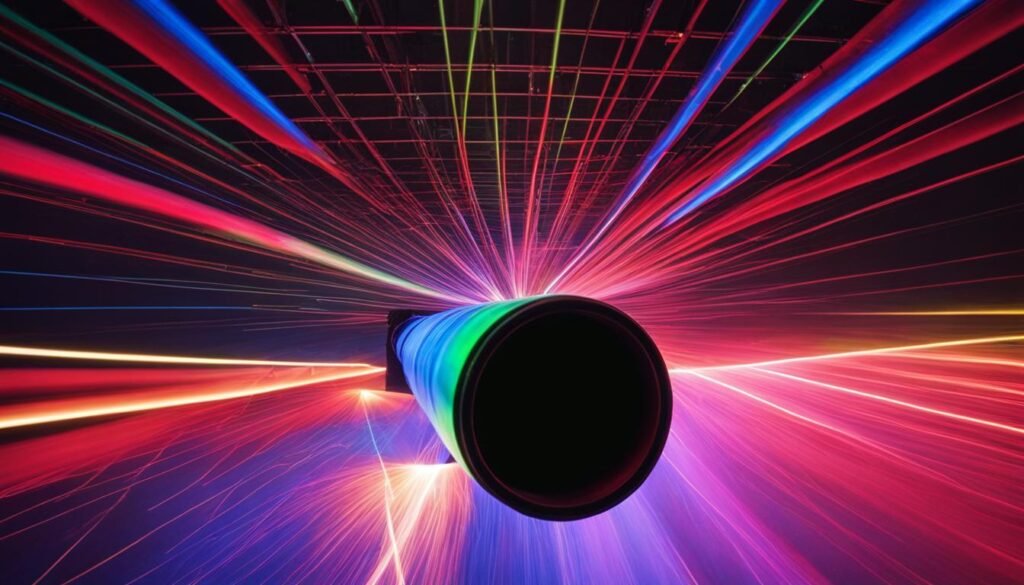Contents

Source: Ferdinand-Braun-Institut
<>
Polarization Beam Combining in Lasers
Incoherent Polarization Combining
Incoherent polarization beam combining is a technique that combines two linearly polarized laser beams. In this method, the output beams of two laser diodes with different polarizations are combined using a thin-film polarizer. The resulting beam is unpolarized and has the combined optical power of the input beams. This technique is commonly used for end pumping solid-state lasers to increase power output.
Coherent Polarization Combining
Coherent polarization combining involves combining two mutually coherent beams to achieve a linearly polarized output. When two coherent beams are combined, the output polarization state is rotated by 45° with respect to the input polarization direction. This method allows for repeated combining, making it suitable for power scaling applications.
Applications and Considerations
Incoherent polarization beam combining is not suitable for power scaling as it requires polarized input beams and results in an unpolarized output beam. On the other hand, coherent polarization combining enables repeated combining and is ideal for power scaling in laser systems.
Conclusion
Polarization beam combining is a valuable technique in laser technology for increasing power output and achieving specific polarization states. Understanding the differences between incoherent and coherent combining methods is essential for optimizing laser performance.

Source: Ferdinand-Braun-Institut
Feel free to comment your thoughts.



